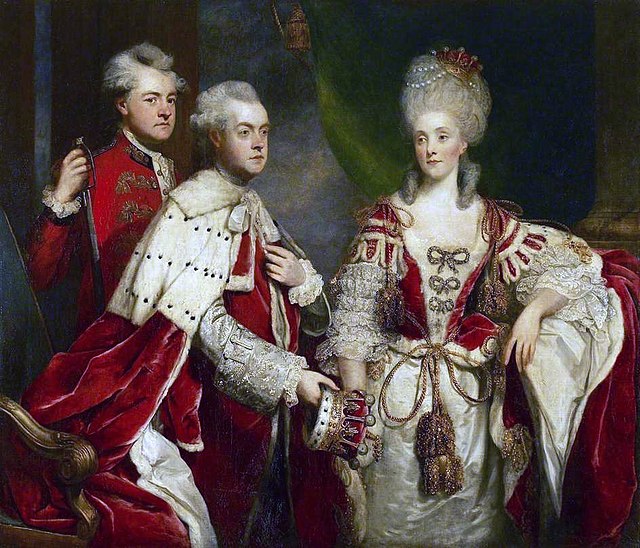The aristocracy is historically associated with a "hereditary" or a "ruling" social class. In many states, the aristocracy included the upper class of people (aristocrats) with hereditary rank and titles. In some, such as ancient Greece, ancient Rome, or India, aristocratic status came from belonging to a military class. It has also been common, notably in African societies, for aristocrats to belong to priestly dynasties. Aristocratic status can involve feudal or legal privileges. They are usually below only the monarch of a country or nation in its social hierarchy. In modern European societies, the aristocracy has often coincided with the nobility, a specific class that arose in the Middle Ages, but the term "aristocracy" is sometimes also applied to other elites, and is used as a more general term when describing earlier and non-European societies. Aristocracy may be abolished within a country as the result of a revolution against them, such as the French Revolution.

The Ladies Waldegrave, a portrait of three English aristocrats from the Waldegrave family by Joshua Reynolds
A château, the primary form of residence for the French aristocracy
2nd Earl and Countess of Harcourt, in their coronet and coronation robes by Joshua Reynolds. The countess was a confidant of Queen Charlotte.
Hon. Arthur Wellesley later made Duke of Wellington after defeating Napoleon.
Upper Class in modern societies is the social class composed of people who hold the highest social status, usually are the wealthiest members of class society, and wield the greatest political power. According to this view, the upper class is generally distinguished by immense wealth which is passed on from generation to generation. Prior to the 20th century, the emphasis was on aristocracy, which emphasized generations of inherited noble status, not just recent wealth.
Portrait of the family Fagoga Arozqueta, about 1730. Painter unknown. The family was part of the upper class in Mexico City, New Spain.
Ball in colonial Chile by Pedro Subercaseaux. In Spain's American colonies, the upper classes were made up of Europeans and American born Spaniards and were heavily influenced by European trends.
The upmarket Harrods department store in London, 1909
First edition dust cover of Edith Wharton's 1920 Pulitzer Prize-winning novel The Age of Innocence, a story set in upper-class New York City in the 1870s








